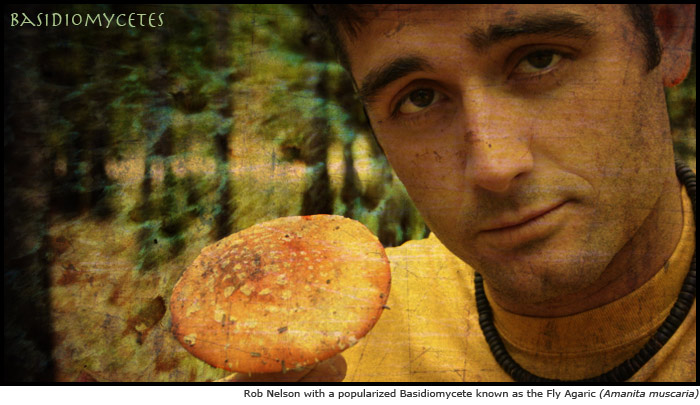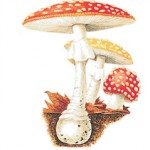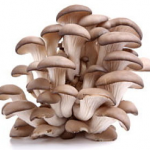Phylum Basidiomycota
The Basidiomycota make up about 37% of all described species of fungi (30,000 species). They comprise a subdivision known as the basidiomycetes. The most conspicuous forms produce the caped mushrooms that we see in the forest. The forms are so diverse that it’s hard to define any real characteristics that make up this subdivision. In fact, the following photos are all Basidiomycetes.

Defining the Taxon
While the Basidiomycota are characterized by the fact that they bear spores on (but not inside) specialized cells called basida, almost everyone will recognize the typical capped mushrooms that make up this group. However, most mushroom enthusiasts are surprised to hear that yeasts are also part of this group. There are three major clades in this taxon:
Agaricomycotina (Jelly fungi, yeasts and mushrooms)
Ustilaginomycotina (smut fungi)
Pucciniomycotina (includes rusts, yeasts, and rust-like and jelly-like fungi)
The group we’ve put the most emphasis on here is the Agaricomycotina, which contain the mushrooms-producing classes. In particular, we’ll concentrate on the the Hymenomycetes and the Gasteromycetes.
Further Information on the Basidiomycetes
Basidiomycota on the Tree of Life Web Project
Hibbett, D. S. 2006. A Phylogenetic overview of the Agaricomycotina. Mycologia 98: 917-925.
Mushrooms Dymistified: A book by David Arora


































































































